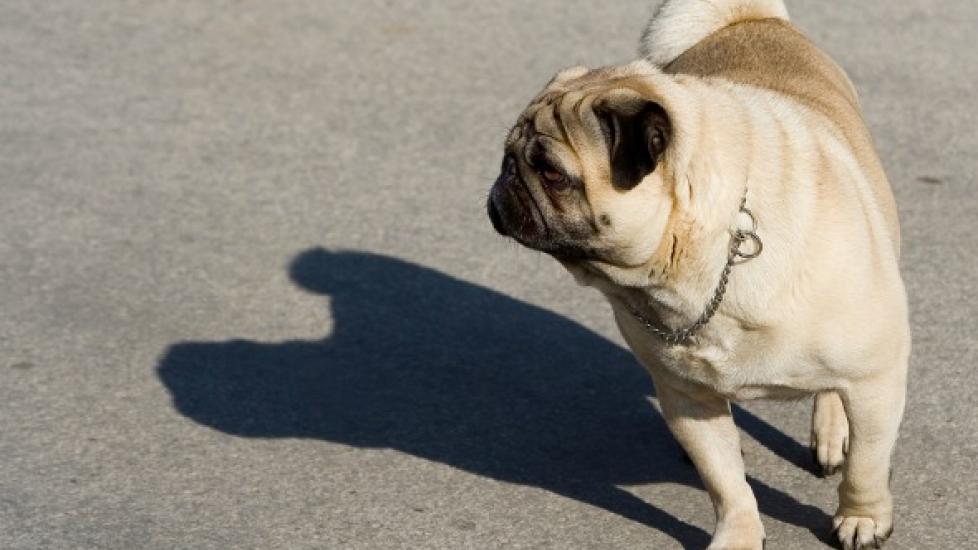Title: Understanding and Addressing Front Leg Deformities in Canine Companions
Introduction:
As a pet parent, it’s heartbreaking to witness any discomfort or abnormalities affecting our beloved furry friends. One such condition that can be distressing is front leg deformity in dogs, which may present as bowed legs, elbows turned outwards, or other irregularities. It’s crucial for us to understand the causes, potential health implications, and available treatment options to provide the best care for our four-legged companions. This article aims to delve into this topic with sensitivity and practical advice, guiding you through the journey of recognizing and addressing these issues.
Causes of Front Leg Deformities:
Genetics plays a significant role in determining a dog’s physical structure, including its limbs. Breed predispositions should be considered when examining your pup’s development. Environmental factors such as rapid growth due to overfeeding or nutrient imbalances can also contribute to skeletal abnormalities. Trauma from injury or repetitive stress during activities like jumping or running on hard surfaces can lead to the development of deformities.
Health Implications:
While some mild cases might not significantly affect a dog’s quality of life, severe deformities can cause pain, limit mobility, and increase the risk of arthritis later in life. Pressure points form where bones don’t align properly, leading to irritation and discomfort. In extreme instances, corrective surgery may be necessary to alleviate suffering and improve function. Regular check-ups with a veterinarian are essential for early detection and intervention.
Diagnosis and Treatment Options:
Recognizing signs of front leg deformity, such as an awkward gait or obvious asymmetry, is key to seeking veterinary attention. Your vet will likely perform a thorough examination, taking note of symptoms and conducting X-rays to assess bone structure accurately. Non-invasive methods like hydrotherapy or physiotherapy can help manage pain and maintain muscle strength while waiting for a puppy’s skeleton to mature further before considering surgical correction if needed. Surgical techniques have advanced considerably; however, they must be tailored to each individual case based on severity, breed type, age at presentation, and overall health status. Postoperative rehabilitation programs are critical components ensuring successful outcomes following surgical interventions.
Prevention Strategies:
To minimize the likelihood of front leg deformities developing in puppies, responsible breeding practices are paramount. Ensuring both parents are screened for orthopedic conditions prior to mating reduces the genetic component’s influence on offspring’s structural integrity. Additionally, proper nutrition starting from weaning onwards supports healthy growth rates without excessive pressure placed upon joints and bones by maintaining ideal body weight throughout adulthood via balanced diets coupled with regular exercise appropriate for each breed’s needs helps prevent unnecessary strain contributing towards possible future complications associated with congenital malformations affecting forelimbs among others parts within their bodies too!
